- Jawline Treatment with Hyaluronic Acid
- Chin Augmentation for Harmonious Facial Features
- Lip Augmentation
- The Russian Lips (Doll-Lips) Technique with Hyaluronic Acid
- Effective Non-Surgical Rhinoplasty: Hyaluronic Acid Application
- Hyaluronic Acid Injection for Nasolabial Folds
- Remove Dark Circles, Tear Troughs & Eye Bags
- Cheek Augmentation – Cheekbone Injections

Polynucleotides vs. Hyaluronic Acid: which Treatment is Right for You?
Inhalt des Beitrags
Do you want to look fresher, reduce wrinkles, or improve your skin’s appearance – but without surgery? Then hyaluronic acid or polynucleotides might be just right for you. But which treatment is better suited? Polynucleotides vs. Hyaluronic Acid?
Both methods offer great results, but they work differently. In this article, we’ll show you the differences, explain the pros and cons – and help you find out which treatment suits you.
Which Treatment is Right for You?
That depends entirely on your skin condition and your goals:
Do you want immediately visible results? → Hyaluronic Acid.
Do you want to improve your skin long-term? → Polynucleotides.
Do you want to combine both? → We often do this. First regeneration, then targeted volume.
Our recommendation: Get professional advice. Our doctors will examine your skin closely and develop an individual treatment plan with you.
Comparison: Hyaluronic Acid vs. Polynucleotides
|
Criterion |
Hyaluronic Acid |
Polynucleotides |
|---|---|---|
|
Goal |
Filling, smoothing wrinkles |
Skin regeneration, cell repair |
|
Effect |
Immediately visible |
Visible after 2–4 weeks |
|
Applications |
Cheeks, lips, chin, wrinkles |
Face, neck, décolletage, eye area |
|
Longevity |
6–12 months |
Long-term stable, with refreshers |
|
Side effects |
Swelling possible |
Very well tolerated |
|
Suitable for |
Volume building, contour improvement |
Skin appearance, moisture, radiance |

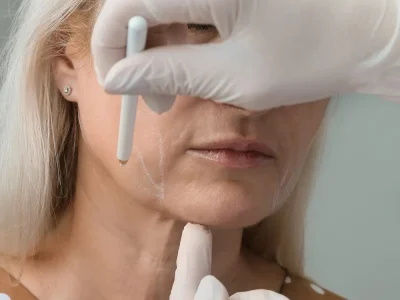
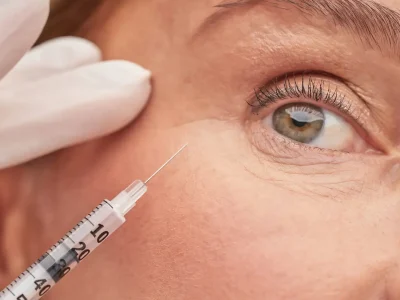
What Does a Hyaluronic Acid Treatment Do?
Hyaluronic acid occurs naturally in your body and is responsible for moisture and elasticity. In aesthetic treatment, it is specifically injected to smooth wrinkles or restore volume – e.g., on the cheeks, lips, or in the nasolabial fold area.
Vorteile:
Immediately visible effect
Naturally appearing volume
Versatile (wrinkles, contours, lips)
Well tolerated
Nachteile:
No regenerating effect – only treats symptoms
Breaks down after a few months
Swelling or lumps possible
What are Polynucleotides – and how Do They Work?
Polynucleotides are short DNA building blocks that stimulate regeneration processes deep within the skin. The skin is not “filled”, but improved from within. Moisture, elasticity, and cell structure visibly increase. Particularly suitable for tired, thin, or sun-damaged skin.
Vorteile:
Lastingly regenerates the skin
Improves structure, moisture, and elasticity
Few side effects – even for sensitive skin
Natural result without volume change
Nachteile:
No immediate effect
Results visible after several treatments (usually 3–4)
Not suitable for targeted volume building
Regenerate skin with polynucleotides
Improved structure and elasticity of your skin
"Polynucleotides vs. Hyaluronic Acid: Both methods have their strengths. Whether you choose hyaluronic acid or polynucleotides – it's important that the treatment suits you. In our practice, you get both: quick effects, but also sustainable skin improvement.
Book your consultation appointment now – and find out how you can support your skin naturally and effectively."

ARZT BJÖRN FREY
Doctor
FAQ
Frequently Asked Questions about: Polynucleotides vs. Hyaluronic Acid
What is better – Hyaluronic Acid or Polynucleotides?
That depends on your treatment goal. If you want to build volume immediately or smooth wrinkles, hyaluronic acid is the better choice. If you want to sustainably improve your skin structure and promote regeneration, polynucleotides are ideal. Often, a combination of both treatments is most effective.
How does the durability of the treatments differ?
Hyaluronic acid usually lasts 4 to 8 months, depending on the area and metabolism. Polynucleotides work slower but have a long-term stabilizing effect on skin quality with regular refreshers.
Can polynucleotides and hyaluronic acid be combined?
Yes, absolutely. Many patients benefit from a combination: polynucleotides improve skin structure from within, while hyaluronic acid provides immediately visible volume. The combination is individually tailored and professionally planned by our doctors.
For which skin types are polynucleotides suitable?
Polynucleotides are particularly well suited for sensitive, mature, sun-damaged, or dry skin. They also show very good results for skin weakened by stress, lack of sleep, or environmental factors.
What are the respective side effects of the treatments?
Both treatments are considered very safe. With hyaluronic acid, swelling, bruising, or small lumps can occur in rare cases. Polynucleotides are very well tolerated and cause hardly any side effects – also ideal for sensitive skin.
03
Feb

ARZT BJÖRN FREY




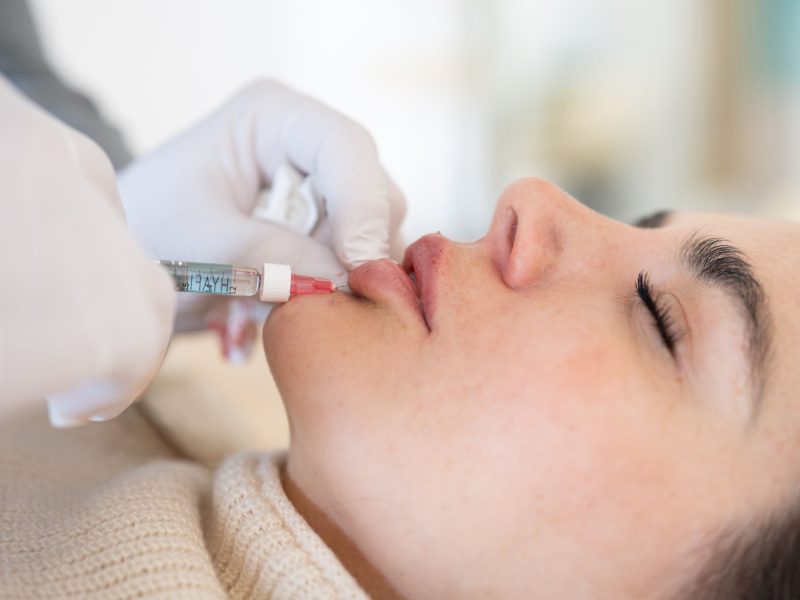
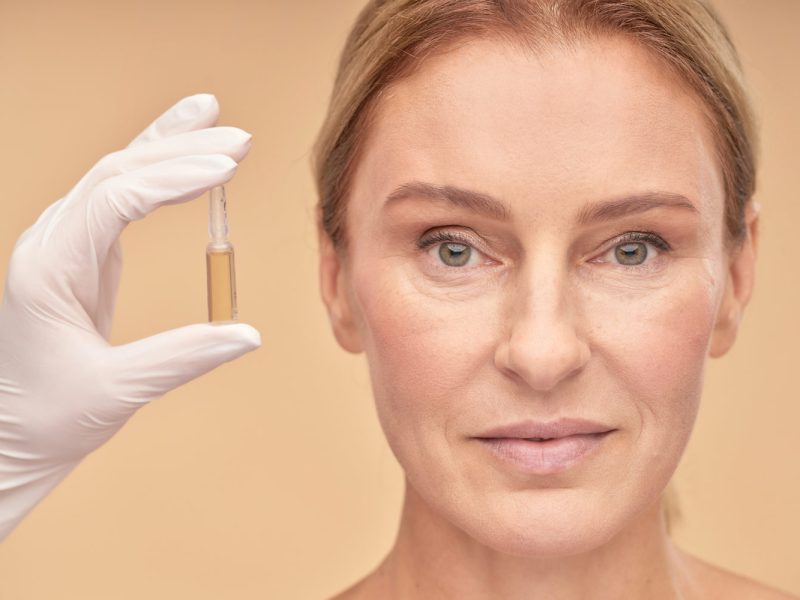
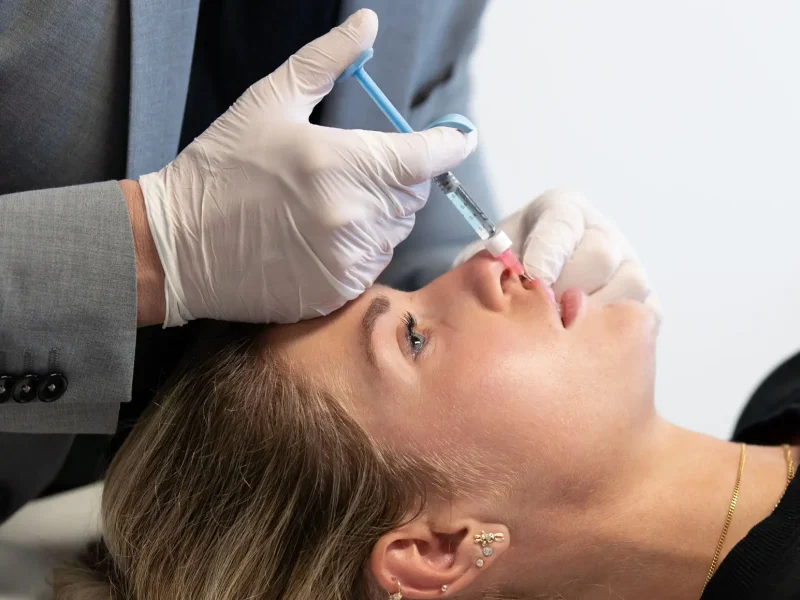
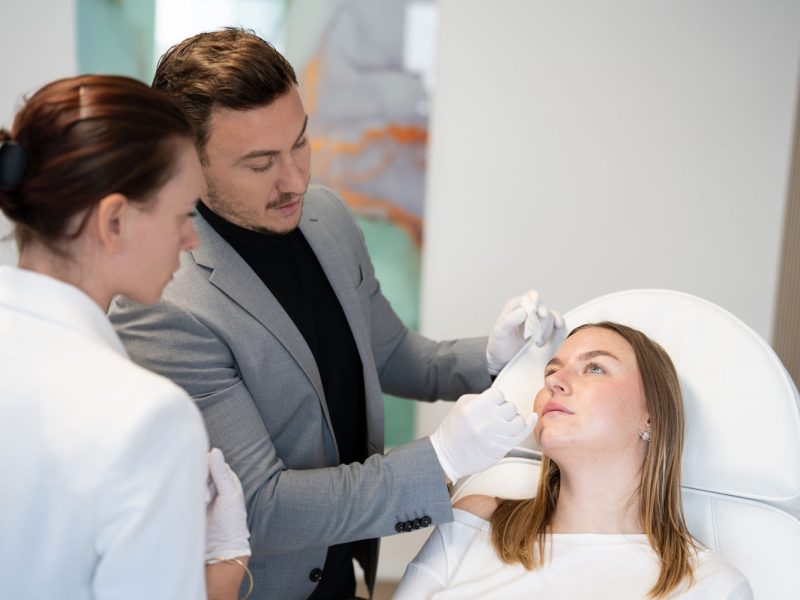
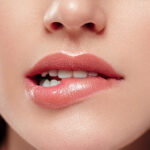 Lip Augmentation
Lip Augmentation The Russian Lips (Doll-Lips) Technique
The Russian Lips (Doll-Lips) Technique Effective Non-Surgical Rhinoplasty
Effective Non-Surgical Rhinoplasty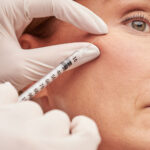 Cheek Augmentation – Cheekbone Injections
Cheek Augmentation – Cheekbone Injections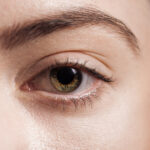 Remove Dark Circles, Tear Troughs & Eye Bags
Remove Dark Circles, Tear Troughs & Eye Bags Chin Augmentation
Chin Augmentation Jawline Treatment
Jawline Treatment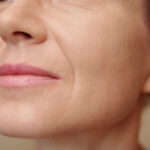 Nasolabial Folds
Nasolabial Folds Remove Forehead Wrinkles
Remove Forehead Wrinkles Remove Frown Lines
Remove Frown Lines Remove Crow’s Feet
Remove Crow’s Feet Reduce Neck Wrinkles
Reduce Neck Wrinkles Lip Flip with Botox®
Lip Flip with Botox® Remove Bunny Lines
Remove Bunny Lines Botox® Treatment against Sweating
Botox® Treatment against Sweating Botox® for Teeth Grinding
Botox® for Teeth Grinding Tattoo Removal with Laser
Tattoo Removal with Laser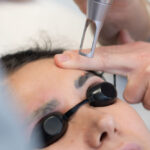 Remove Permanent Makeup
Remove Permanent Makeup Permanent Laser Hair Removal
Permanent Laser Hair Removal Fat-Away Injection
Fat-Away Injection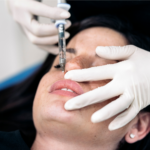 Hylase | Dissolve Hyaluronic Acid
Hylase | Dissolve Hyaluronic Acid Polynucleotide Treatment | PhilArt
Polynucleotide Treatment | PhilArt